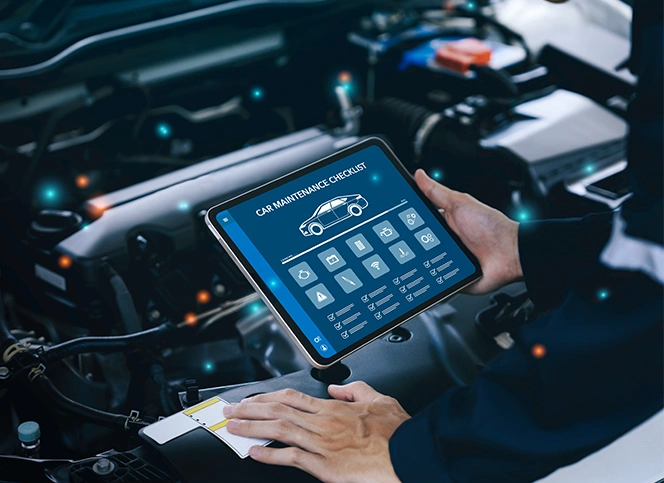Situation
Our client develops software used by the automotive industry to manage collision and medical claims, parts estimates, and more. They process 50M transactions per year for 300+ insurance companies, 30k+ collision repair facilities, independent adjusters, and others.

We can address any issues and maintain the quality and stability of applications by automating the testing process.
Frequent testing cycles and a UI-based automation framework had high failure rates due to constant changes. The cost of the automation tool was costly, and testers had to manually trigger the tests, leading to human dependency and inefficiencies.
Efforts spent on script maintenance to accommodate app changes between releases was time-consuming and resource intensive.
Action
We implemented a dynamic test suite creation and execution capability that seamlessly integrates with DevOps pipeline. This enhancement allows for targeted regression testing to be performed on nightly builds, ensuring that changes or updates are tested and validated. By automating this process, we can identify and address any issues and maintain the quality and stability of our applications.
We developed a common test automation framework that was used across all scrum and system testing teams. This framework promotes the reusability of automation scripts, reducing duplication of effort and delivering consistency in testing processes. When test automation is standardized, tests are efficiently managed and executed, leading to improved collaboration and productivity among teams.
Our test automation strategy was revised from being entirely UI-driven to a balanced approach that uses a 70:30 ratio between UI and web services-based automation. The testing process is now more scalable and reliable, reducing maintenance costs. Web services-based automation can test the underlying functionality more effectively, catching issues that may not be apparent through UI testing alone.
Results
- $1M annual savings tool license costs by moving to UAP.
- Reduced TCO by sharing resources and tools across projects.
- Increased customer satisfaction in the build.
- Reduced time-to-market for the product.

We developed a common test automation framework for scrum and system testing teams.

Our framework reduces duplications and delivers consistency in testing processes.

Standardized test automation improves collaboration and productivity among teams.
-
45k +
Automated test conditions executed weekly -
-
3
Reduced app QA cycle to 3 business days (from 3 weeks) -
-
15
Testing effort reduced from 70 person-days to 15


